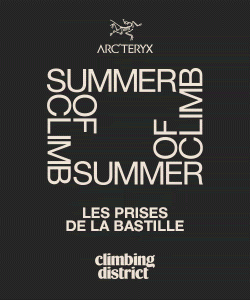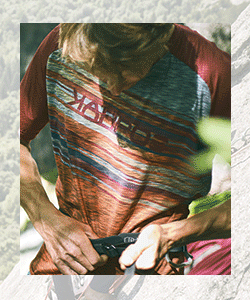What Should You Be Training? This Flowchart Can Tell You

An easily customizable training path to redpointing your hardest routes or boulders. Everyone wants to send, but figuring out precisely how—amidst the many training approaches out there—is challenging. However, what you should focus on is maximizing effort—in the appropriate way, relative to where you’re at on your project. What Should You Be Training?
The above flow chart, with suggestions, can show you an easily customizable path to redpointing your hardest.

1. Training Your Cardiovascular System
Most climbers have plenty of cardio capacity. However, if approaches wear you out, you might need basic conditioning—walking with a pack, hiking, or doing easy multi-pitch climbs. Aim for 30-plus minutes per day, every day.
2. Get on the Hangboard
If you can’t hang the holds, get on a hangboard. Debating protocols is like arguing over which vegetable is better: Any vegetable is a good start. Figure out which holds challenge you, and train those. More work per session is not better; instead, do more sessions.
3. Work on Limit Bouldering
If you can hang the holds but can’t do the moves, then limit bouldering is the key. Work supermaximal problems, trying two to three over a series of sessions. While sending is OK, focus on performing harder moves. Think of yourself as a musician trying to learn a difficult piece. If you can play it well during the first practice, you’re not really expanding your capabilities.
4. Training on Route-Specific Intervals
Now that you can do the moves, the next step is linkage. Set up circuits that mimic the angle, style, and difficulty of your project. As you progress, keep the difficulty relatively equal to the various sections on the proj, and whittle away at the rest periods between them. Picture your outdoor project: First you hang on every bolt, then you link sections, and then you send. You’re slowly decreasing resting periods. Do the same with intervals.










